Home>Articles>How To Keep Apples From Turning Brown In Lunch Box
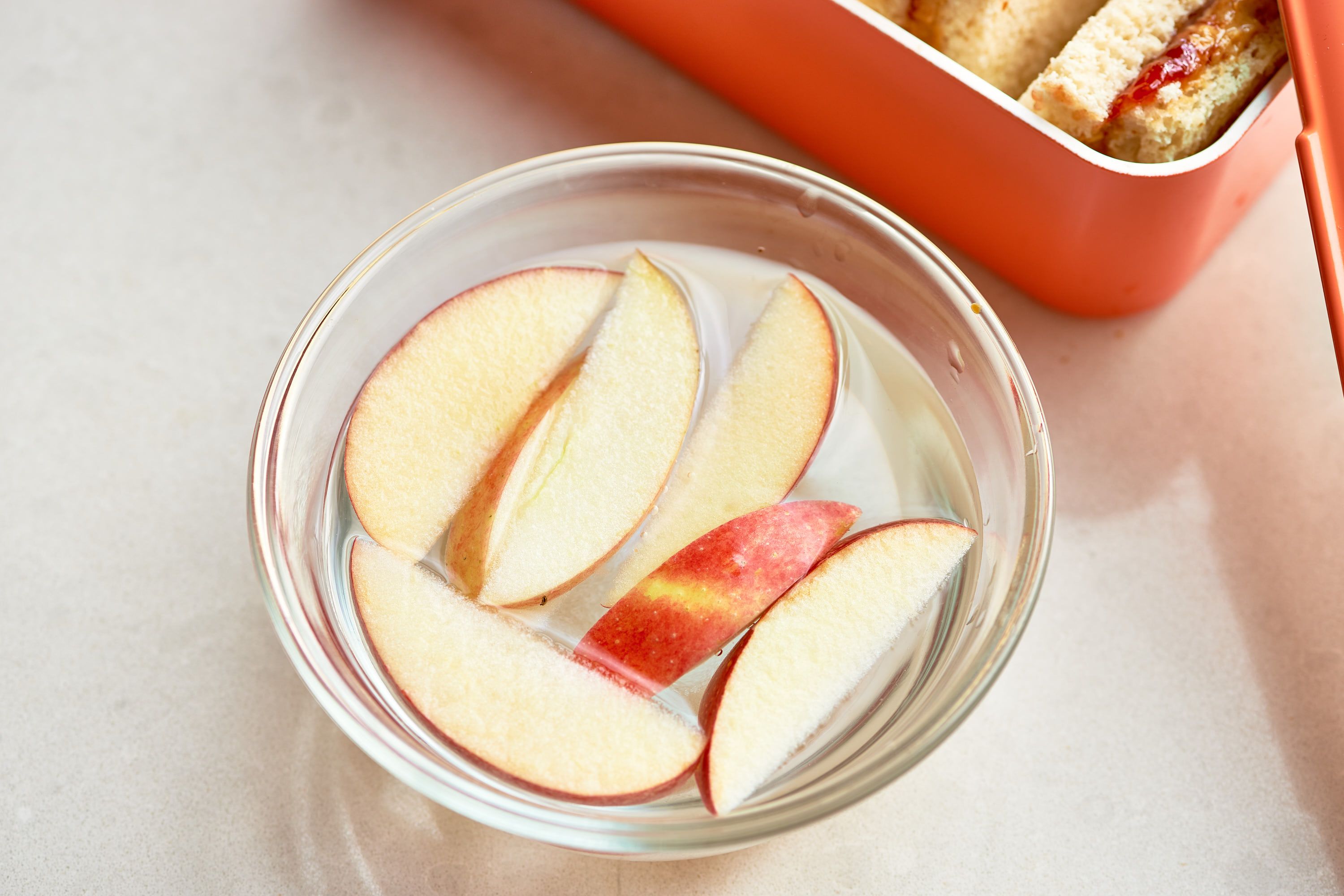

Articles
How To Keep Apples From Turning Brown In Lunch Box
Modified: February 27, 2024
Discover effective ways to prevent apples from browning in your lunch box with these informative articles. Keep your fruit fresh and delicious throughout the day!
(Many of the links in this article redirect to a specific reviewed product. Your purchase of these products through affiliate links helps to generate commission for Storables.com, at no extra cost. Learn more)
Introduction
Apples are a delicious and nutritious snack that make a perfect addition to any lunch box. However, one common challenge many people face is how to prevent their apples from turning brown when packed for a meal. The browning of apples occurs due to a natural chemical reaction known as oxidation, which happens when the apple’s enzymes come into contact with oxygen in the air. This reaction not only affects the appearance of the apple but also causes a change in taste and texture.
Luckily, there are several simple yet effective methods you can use to keep your apples looking fresh and appetizing in the lunch box. In this article, we will explore the science behind why apples turn brown and discuss various techniques and tips to prevent this discoloration. By implementing these strategies, you can ensure that your lunchtime apples remain vibrant, crisp, and delicious.
Before diving into the solutions, let’s take a closer look at the science behind the browning of apples.
Key Takeaways:
- Keep your apples fresh by using lemon juice, saltwater, honey, pineapple juice, or citric acid to slow down the browning process. Alternatively, try protective coatings like white vinegar, mayonnaise, maple syrup, or edible oil to maintain their freshness.
- Properly preparing your apples and implementing the right techniques can ensure that your lunchtime apples remain vibrant, appetizing, and enjoyable. So, next time you pack an apple in your lunch box, use these methods to keep it from turning brown and enjoy the freshness and taste of a perfectly preserved apple.
Understanding the Science Behind Apples Turning Brown
The browning of apples is a natural process that occurs when the enzymes within the fruit react with oxygen in the air. When an apple is cut or bruised, the damaged cells release an enzyme called polyphenol oxidase (PPO) into the surrounding tissues. When PPO comes into contact with oxygen, it triggers a series of chemical reactions that lead to the formation of brown pigments called melanins.
These melanins are responsible for the brown discoloration of the apple flesh. The browning process is accelerated by factors such as exposure to air, light, and warmth. The higher the concentration of oxygen, the faster the browning reaction occurs.
To protect the apple from browning, it is essential to minimize the contact between the apple’s enzymes and oxygen. This can be achieved by using various methods and ingredients that either slow down the enzyme activity or create a barrier between the apple and the environment.
Now that we understand the science behind the browning of apples, let’s explore different techniques to keep them fresh and crisp in your lunch box.
Preparing Apples for the Lunch Box
Properly preparing your apples before packing them in your lunch box can significantly help prevent browning. Here are some steps you can take:
- Choose fresh and firm apples: Select apples that are in good condition, free of bruises or cuts. Fresh and firm apples are less likely to turn brown quickly.
- Wash the apples: Before packing the apples, give them a thorough rinse under cool running water to remove any dirt or residue.
- Keep the skin intact: The skin of the apple acts as a protective layer against browning. Try to keep the skin intact whenever possible.
- Remove the core: If you prefer to remove the core of the apple before packing it, use a knife or an apple corer to cut out the core. This will help prevent exposure to the enzyme-rich center.
- Slice the apples just before packing: To minimize the surface area exposed to oxygen, it is best to slice the apples just before placing them in your lunch box.
Once you have prepared the apples, you can use different methods to prevent browning. Below, we will explore several effective techniques that you can easily implement.
Lemon Juice Method
One of the most popular and effective methods to prevent apples from turning brown is by using lemon juice. Lemons contain high levels of ascorbic acid (vitamin C), which acts as an antioxidant and helps slow down the oxidation process. Here’s how you can use lemon juice to keep your apples fresh:
- Squeeze fresh lemon juice: Start by squeezing the juice of a lemon into a bowl or container.
- Thinly coat the apple slices: Take the apple slices and dip them into the lemon juice, ensuring that both sides are coated evenly.
- Drain excess juice: Allow the coated apple slices to sit for a few seconds to let the lemon juice soak in. Then, gently shake off any excess juice.
- Pack the apples: Once the excess juice is drained, you can pack the apple slices in your lunch box. The lemon juice will help create a protective barrier against oxygen, preventing browning.
It’s important to note that while lemon juice effectively slows down browning, it may impart a slight tangy flavor to the apple slices. If you find the taste too strong, you can dilute the lemon juice with water or try other methods mentioned below.
Now that you know how to use lemon juice to keep your apple slices fresh, let’s explore another technique: the saltwater method.
Saltwater Method
If you don’t have lemon juice on hand or prefer a milder taste, the saltwater method can be an effective alternative for preventing apples from turning brown. Saltwater creates a hypertonic solution that draws moisture out of the apple cells, making it less conducive for enzyme activity. Here’s how to use the saltwater method:
- Dissolve salt in water: In a bowl or container, dissolve about half a teaspoon of salt in one cup of water. Stir until the salt is completely dissolved.
- Soak the apple slices: Submerge the apple slices in the saltwater solution for about 5 minutes.
- Remove and drain: After soaking, remove the apple slices from the saltwater solution and gently pat them dry with a paper towel or clean cloth.
- Pack the apples: Once the excess moisture is removed, you can pack the apple slices in your lunch box. The saltwater solution helps prevent browning by altering the apple’s cellular environment.
While the saltwater method effectively slows down browning, it’s important to note that excessive salt can affect the taste of the apple slices. Make sure to use the recommended amount of salt to strike a balance between preventing browning and maintaining the natural flavor of the apples.
Now that you’re familiar with the saltwater method, let’s explore another technique: the honey method.
To keep apples from turning brown in a lunch box, try dipping them in a mixture of water and lemon juice before packing them. The citric acid in the lemon juice helps prevent oxidation and browning.
Honey Method
If you’re looking for a natural and sweet alternative to preserve the freshness of your apple slices, the honey method is perfect for you. Honey contains natural enzymes and antioxidants that can help slow down the browning process. Follow these steps to use honey as a browning inhibitor:
- Prepare a honey mixture: In a small bowl, mix one tablespoon of honey with two tablespoons of water. Stir the mixture until the honey is well dissolved.
- Coat the apple slices: Dip the apple slices into the honey mixture, making sure both sides are evenly coated. You can use a brush or your fingers to spread the mixture over the slices.
- Remove excess honey: After coating the apple slices, gently shake off any excess honey mixture.
- Pack the apples: Place the honey-coated apple slices in your lunch box. The honey will act as a protective barrier against oxygen, keeping the apple slices fresh and preventing them from turning brown.
The honey method not only helps prevent browning but also adds a deliciously sweet flavor to the apple slices. It’s important to note that the sweetness of the honey may vary, so adjust the amount of honey according to your taste preferences.
Now that you’re familiar with the honey method, let’s explore another effective technique: the pineapple juice method.
Pineapple Juice Method
If you’re looking for a tropical twist to preserve your apple slices, the pineapple juice method is a great option. Pineapple juice contains natural enzymes, such as bromelain, which can help prevent the browning of apples. Follow these steps to use pineapple juice as a browning inhibitor:
- Pour pineapple juice into a bowl or container: Start by pouring enough pineapple juice to submerge the apple slices into a bowl or container.
- Soak the apple slices: Place the apple slices in the pineapple juice and ensure that they are fully submerged.
- Allow the slices to soak: Let the apple slices soak in the pineapple juice for about 5 minutes.
- Remove and drain: After soaking, remove the apple slices from the pineapple juice and gently drain off any excess juice.
- Pack the apples: Once the excess juice is drained, you can pack the apple slices in your lunch box. The pineapple juice will help reduce the oxidation process, keeping the apple slices fresh and preventing browning.
It’s important to note that pineapple juice may impart a subtle tropical flavor to the apple slices. If you enjoy the taste, this method can add a refreshing twist to your snack. However, if you’re not a fan of pineapple flavor, you can try other methods mentioned earlier.
Now that you’re familiar with the pineapple juice method, let’s explore another technique: the citric acid method.
Citric Acid Method
The citric acid method is another effective way to prevent apples from turning brown in your lunch box. Citric acid, which is found naturally in fruits like lemons and oranges, acts as an antioxidant and can help inhibit the browning process. Here’s how you can use citric acid to keep your apple slices fresh:
- Dissolve citric acid in water: In a small bowl or container, dissolve one teaspoon of citric acid powder in one cup of water. Stir until the citric acid is fully dissolved.
- Coat the apple slices: Dip the apple slices into the citric acid solution, ensuring that both sides are evenly coated. Make sure to coat the slices as soon as they are cut to minimize exposure to air.
- Drain the excess solution: Allow the coated apple slices to drain for a few seconds to remove any excess citric acid solution.
- Pack the apples: Once the excess solution is drained, you can pack the apple slices in your lunch box. The citric acid solution will create a protective barrier against oxidation, keeping the apple slices fresh and preventing browning.
Citric acid is a potent browning inhibitor, so it’s important to use the recommended amount in the solution. Too much citric acid can result in an overly sour taste. If you find the taste too strong, you can dilute the solution with more water or adjust the amount of citric acid accordingly.
Now that you’re familiar with the citric acid method, let’s explore another technique: using protective coatings.
Using Protective Coatings
Another effective method to keep your apples from turning brown in the lunch box is by using protective coatings. These coatings create a physical barrier between the apple slices and the surrounding air, preventing oxidation. Here are some commonly used protective coatings:
- White Vinegar: Dip the apple slices in a solution of one part white vinegar and three parts water. This solution forms a protective coating that helps inhibit browning.
- Mayonnaise: Spread a thin layer of mayonnaise on the cut surfaces of the apple slices. Mayonnaise acts as a protective barrier, preventing exposure to oxygen.
- Maple syrup: Brush a thin layer of maple syrup onto the apple slices, covering the cut areas. The thick consistency of maple syrup helps create a protective coating.
- Edible Oil: Brush a small amount of edible oil, such as olive oil or vegetable oil, on the surface of the apple slices. The oil creates a barrier that slows down the oxidation process.
When using protective coatings, make sure to apply them immediately after cutting the apples to prevent browning. Additionally, be aware that these coatings can alter the taste and texture of the apple slices, so choose the option that suits your preferences.
By using these protective coatings, you can effectively maintain the freshness and appearance of your apples in the lunch box. Now that we’ve explored various methods to prevent browning, let’s wrap up.
Wrapping Up
Keeping your apples from turning brown in the lunch box is easily achievable with a variety of simple yet effective methods. By understanding the science behind apple browning and implementing the right techniques, you can ensure that your apple slices stay fresh, crisp, and visually appealing.
Methods such as using lemon juice, saltwater, honey, pineapple juice, and citric acid can help slow down the oxidation process and prevent browning. These natural ingredients act as antioxidants or create a protective barrier on the apple slices.
Alternatively, using protective coatings like white vinegar, mayonnaise, maple syrup, or edible oil can also effectively maintain the freshness of your apple slices by creating a physical barrier against oxygen.
Remember to prepare your apples properly by selecting fresh and firm ones, washing them thoroughly, and slicing them just before packing. These practices, combined with the browning prevention methods discussed, will ensure that your lunchtime apples remain vibrant, appetizing, and enjoyable.
So the next time you pack an apple in your lunch box, try one of these methods to keep it from turning brown. Enjoy the freshness and taste of a perfectly preserved apple, knowing that you’ve mastered the art of preventing browning.
Now, go ahead and pack those delicious, non-browning apple slices in your lunch box with confidence!
Frequently Asked Questions about How To Keep Apples From Turning Brown In Lunch Box
Was this page helpful?
At Storables.com, we guarantee accurate and reliable information. Our content, validated by Expert Board Contributors, is crafted following stringent Editorial Policies. We're committed to providing you with well-researched, expert-backed insights for all your informational needs.
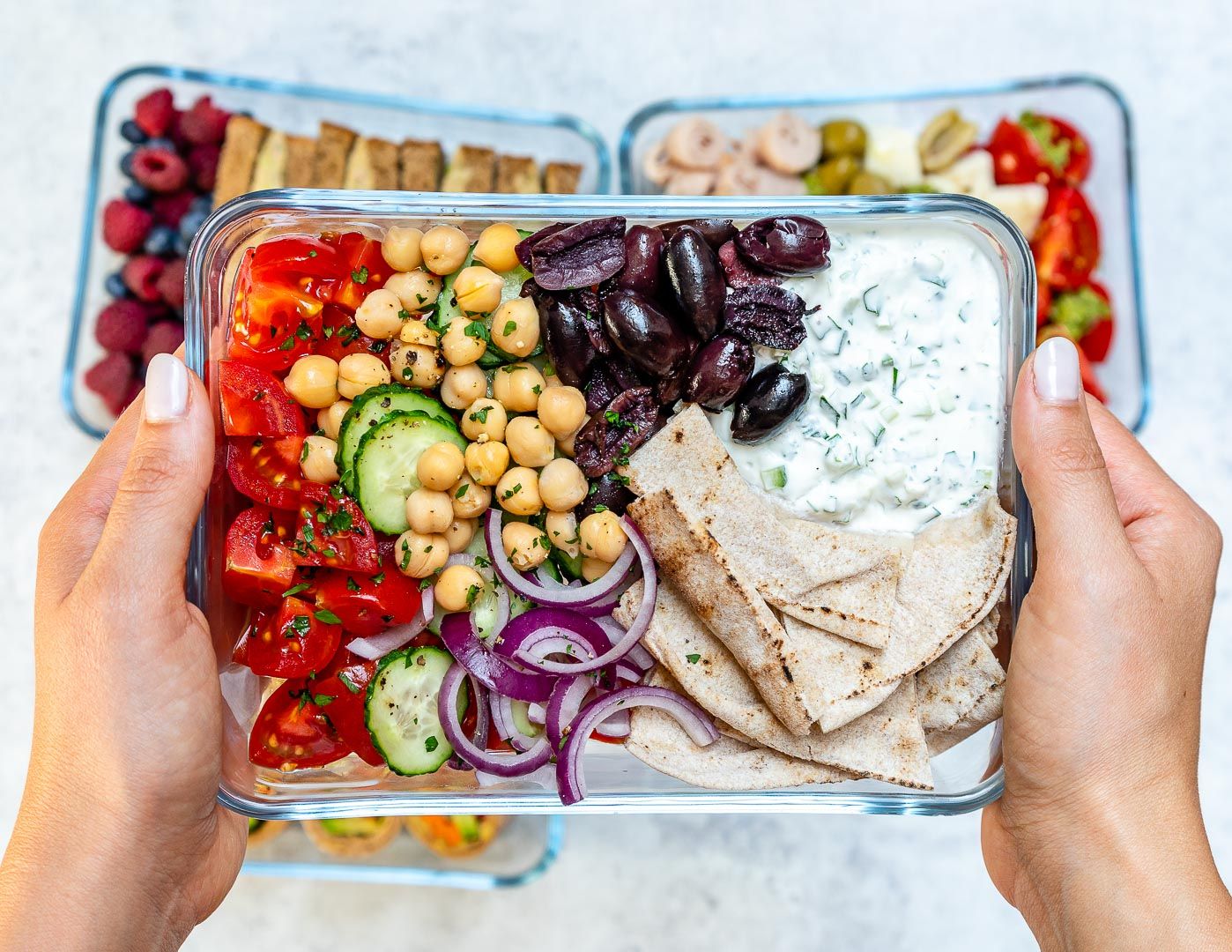
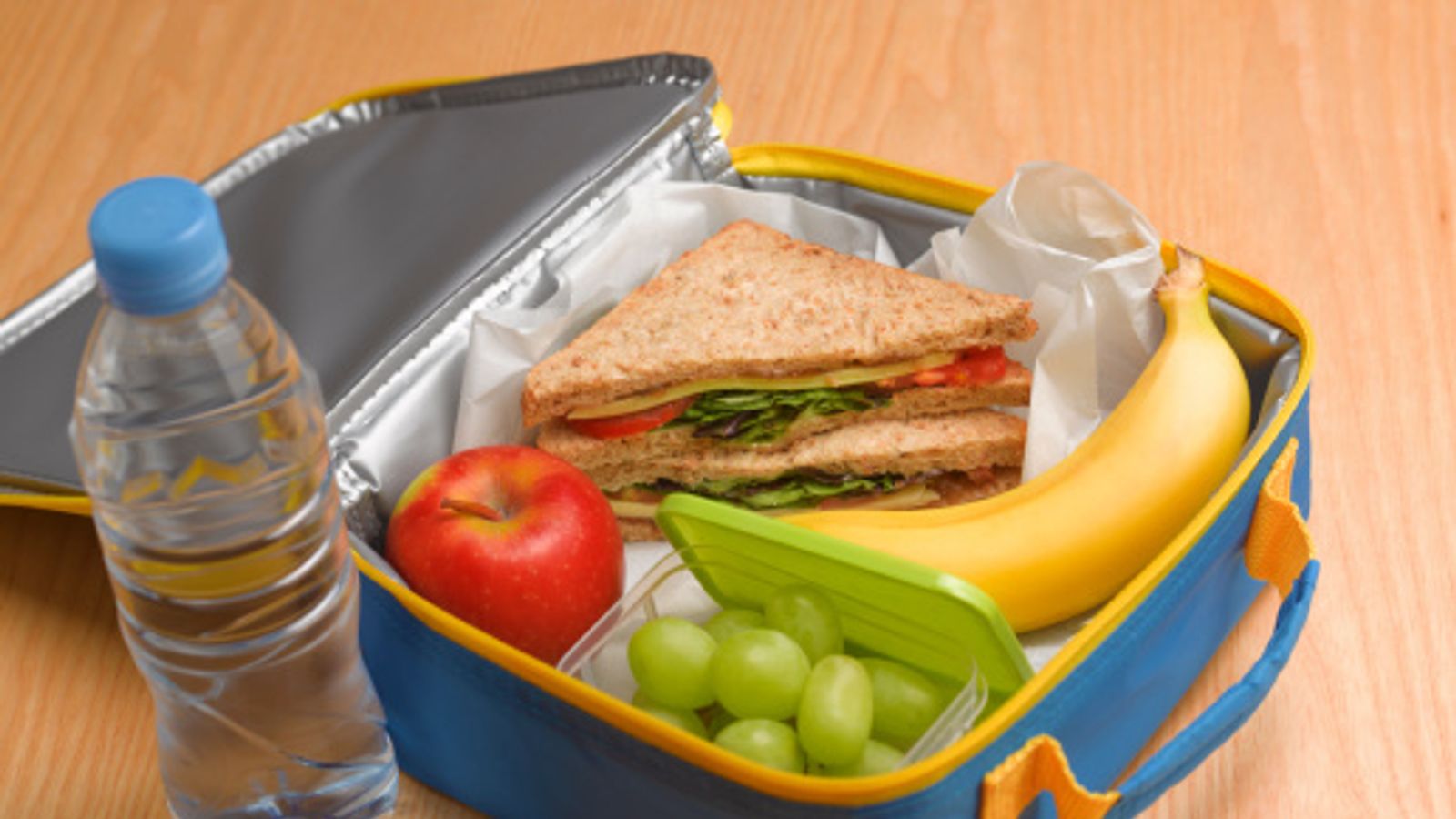
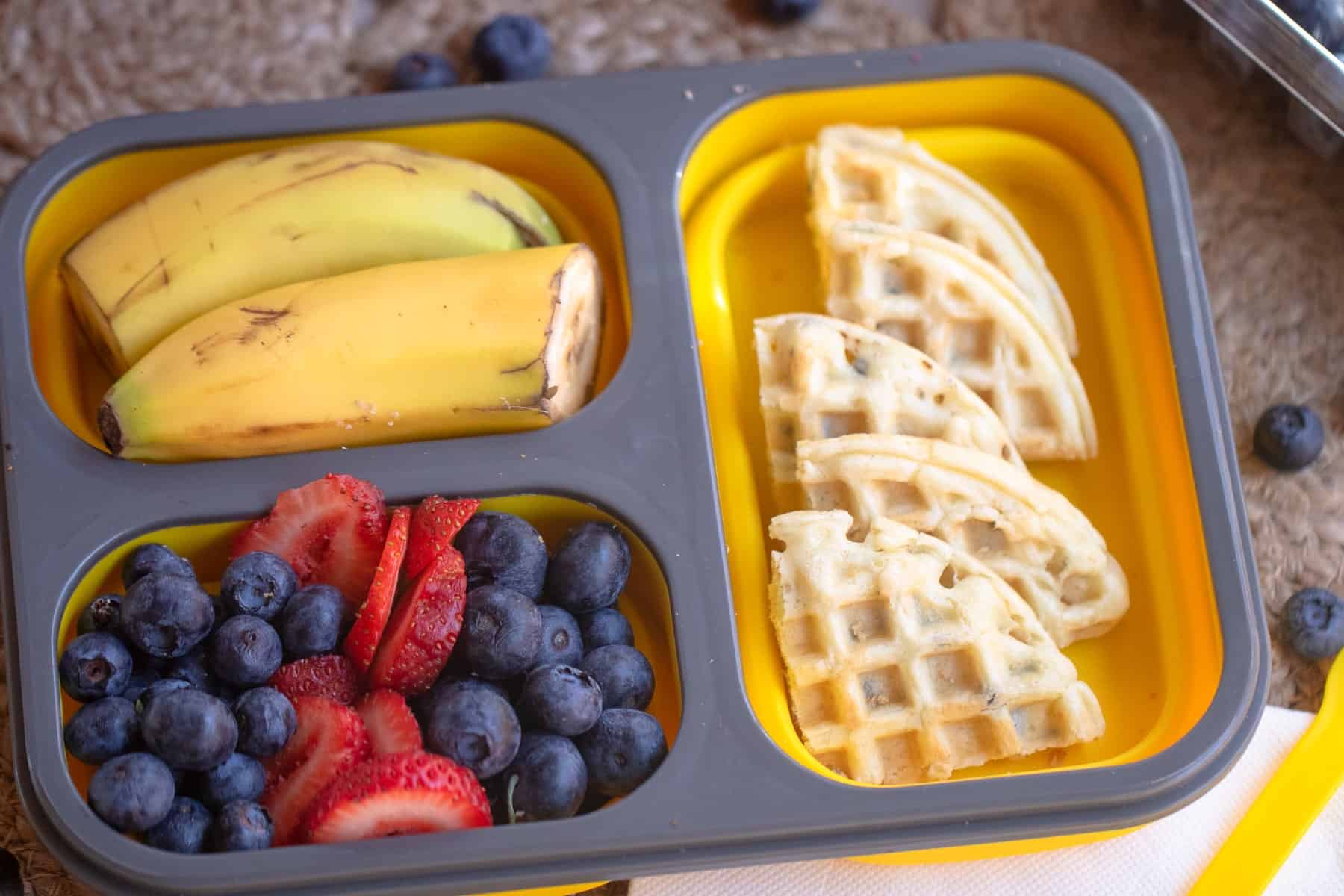
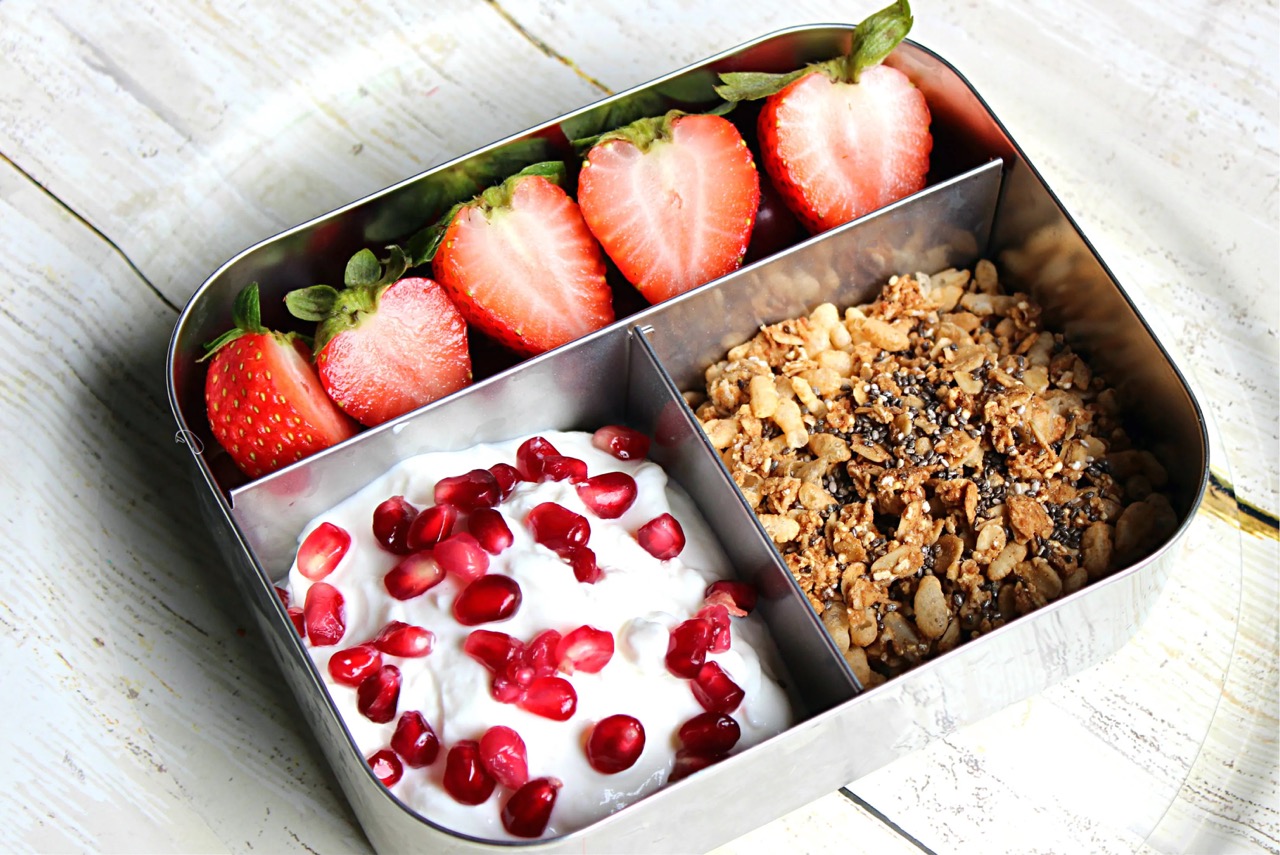
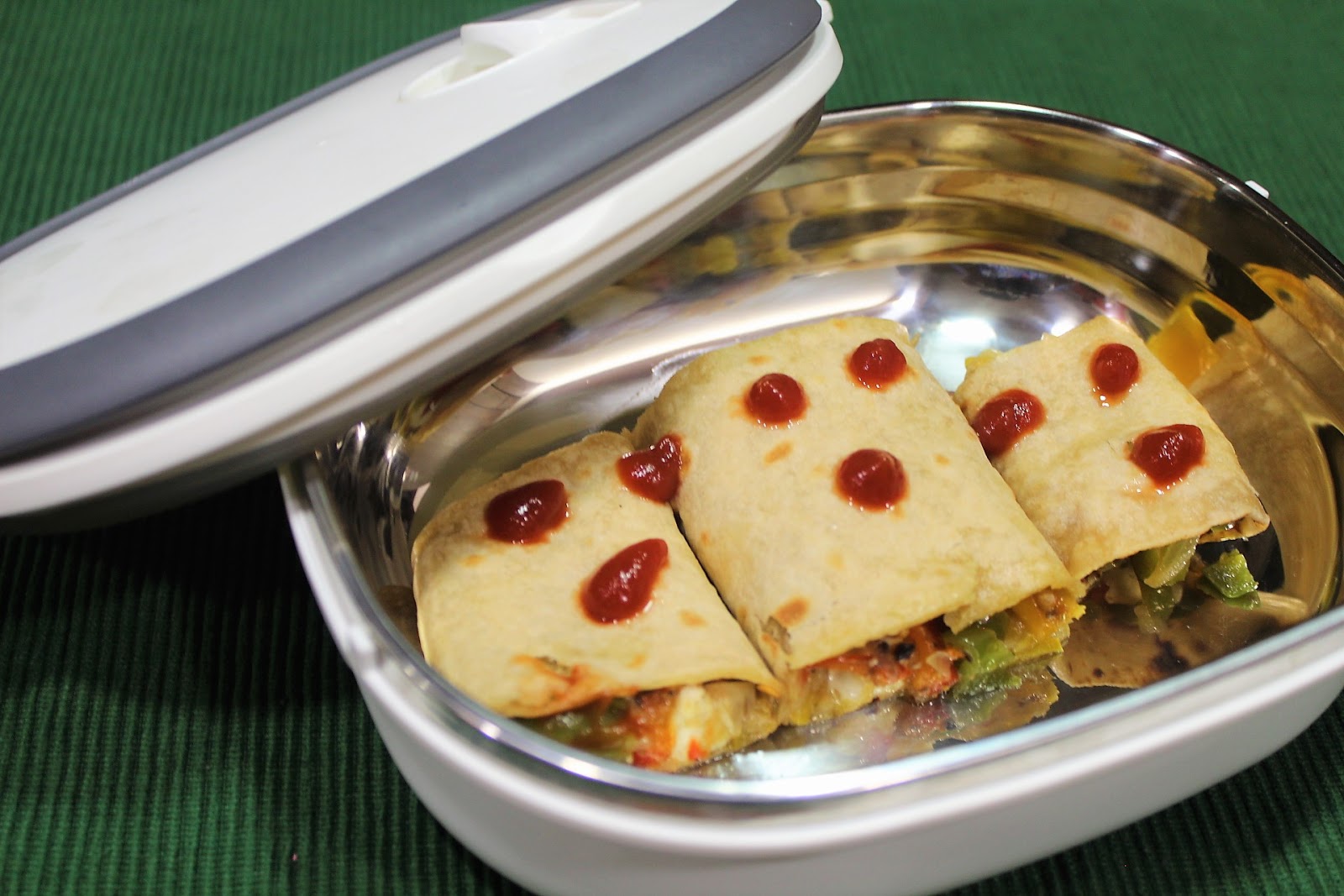
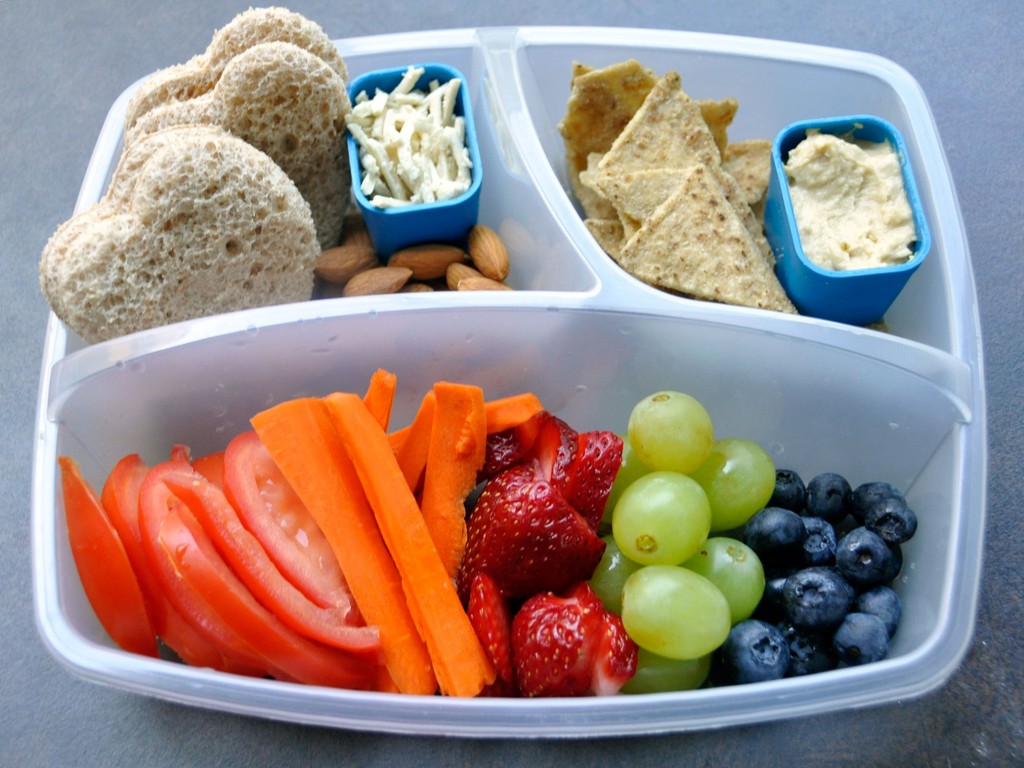
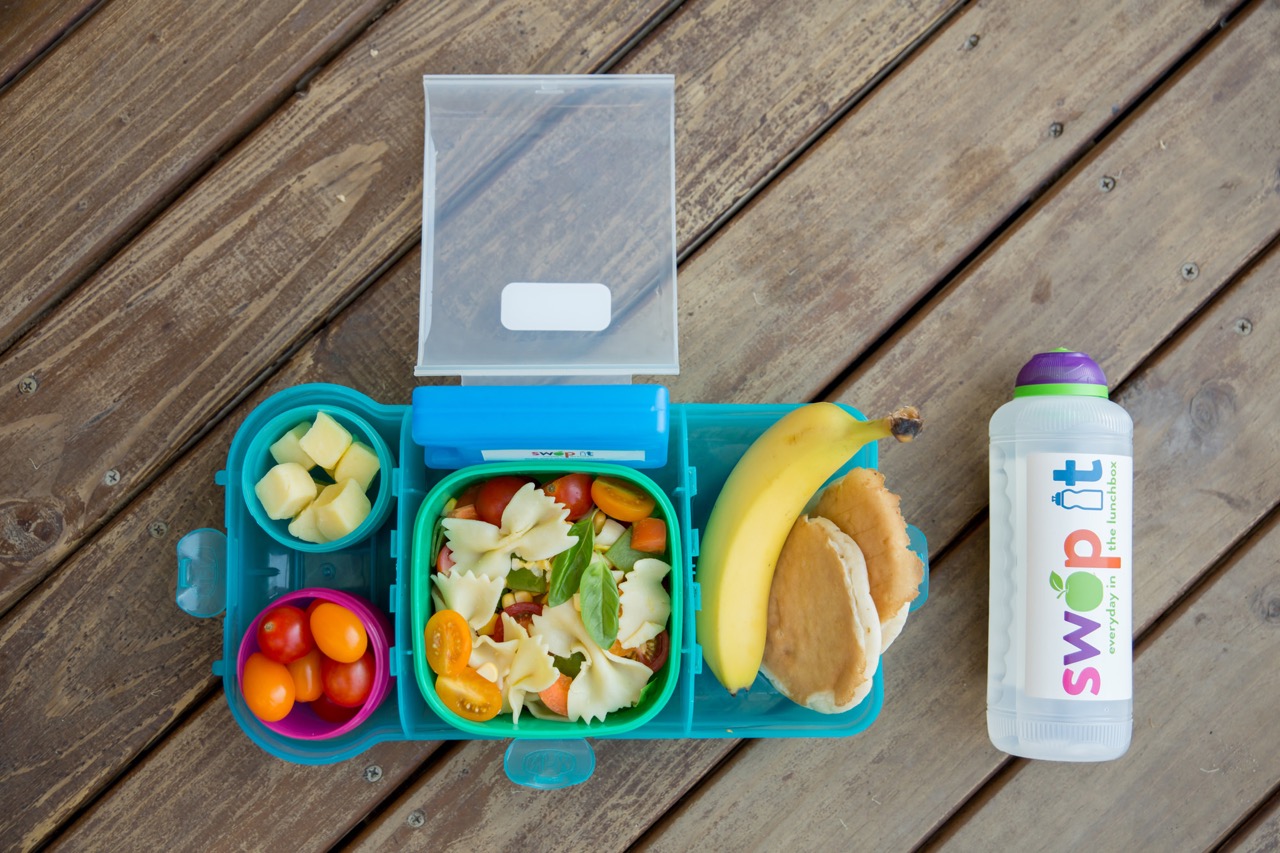
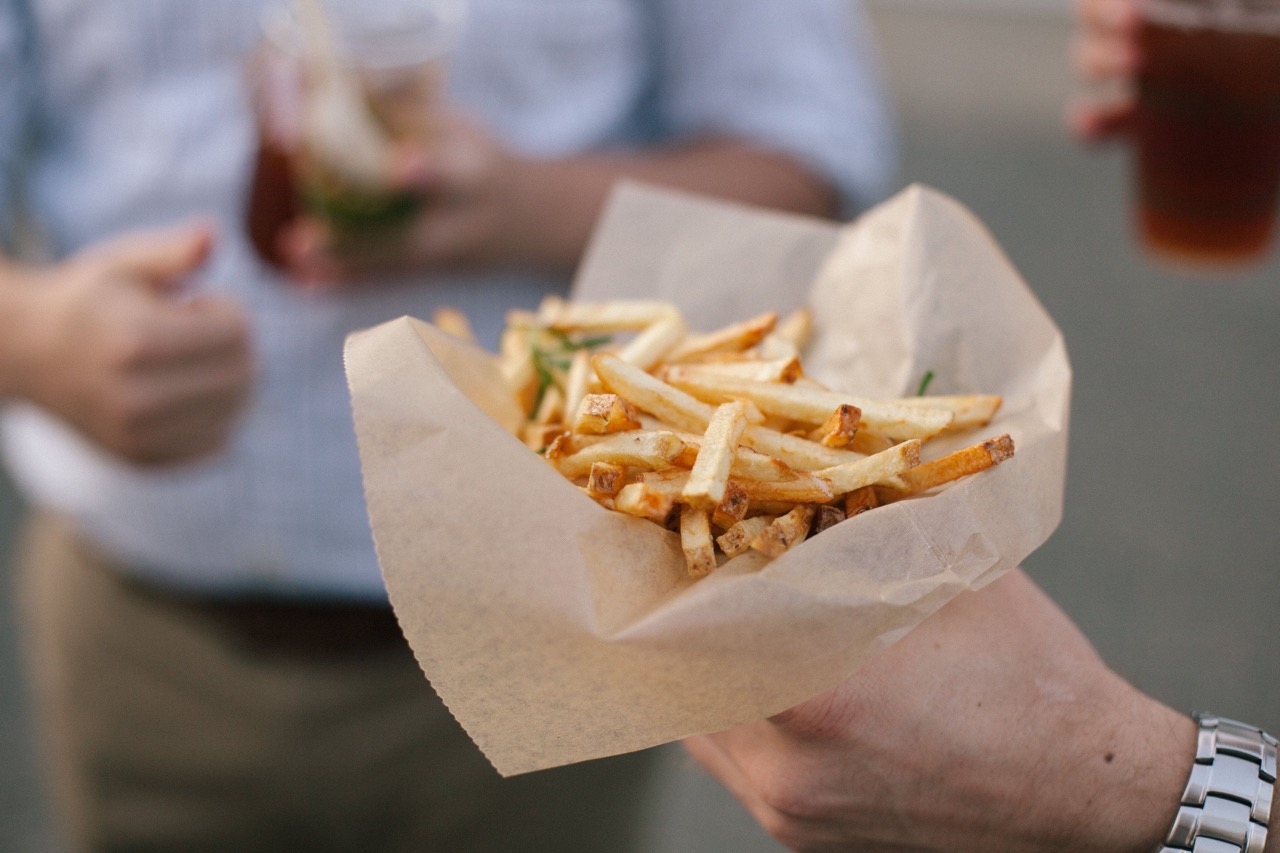
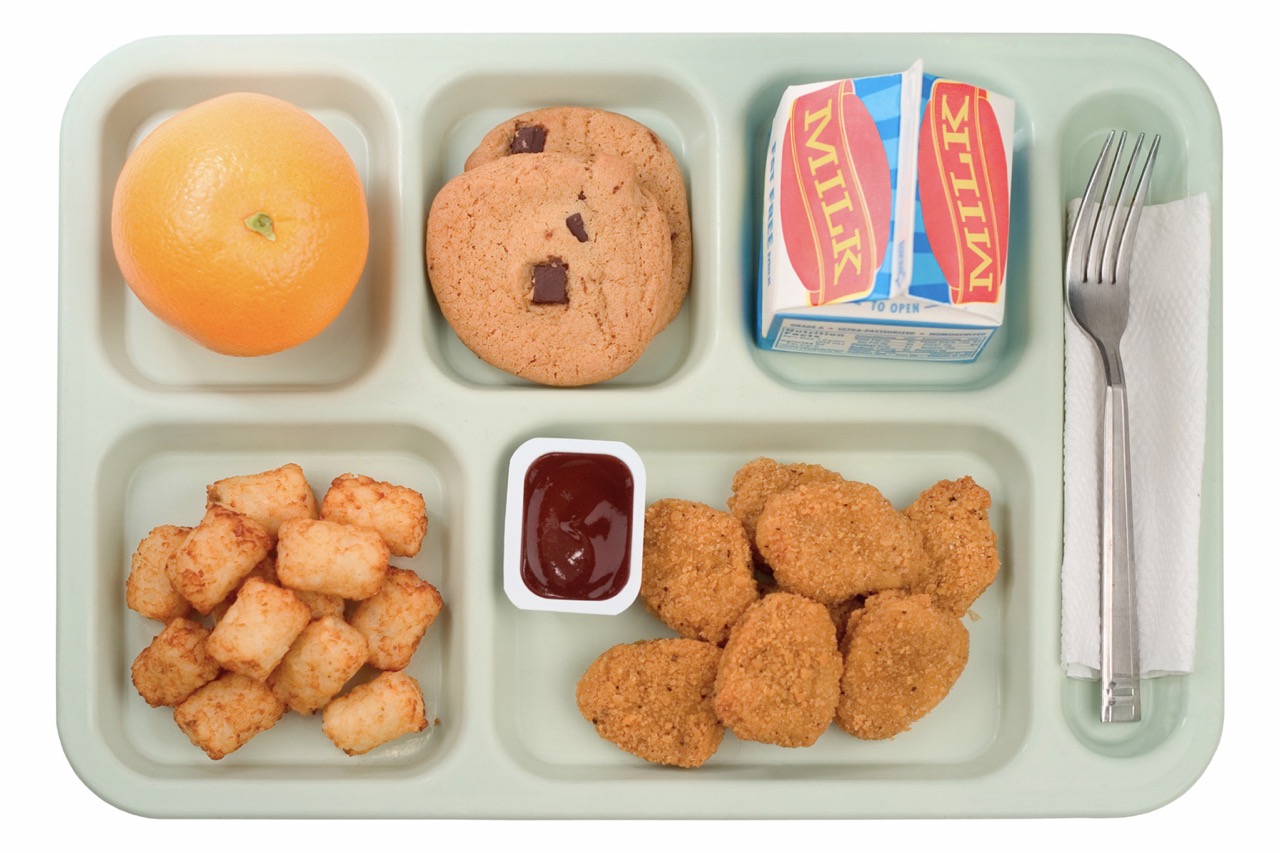
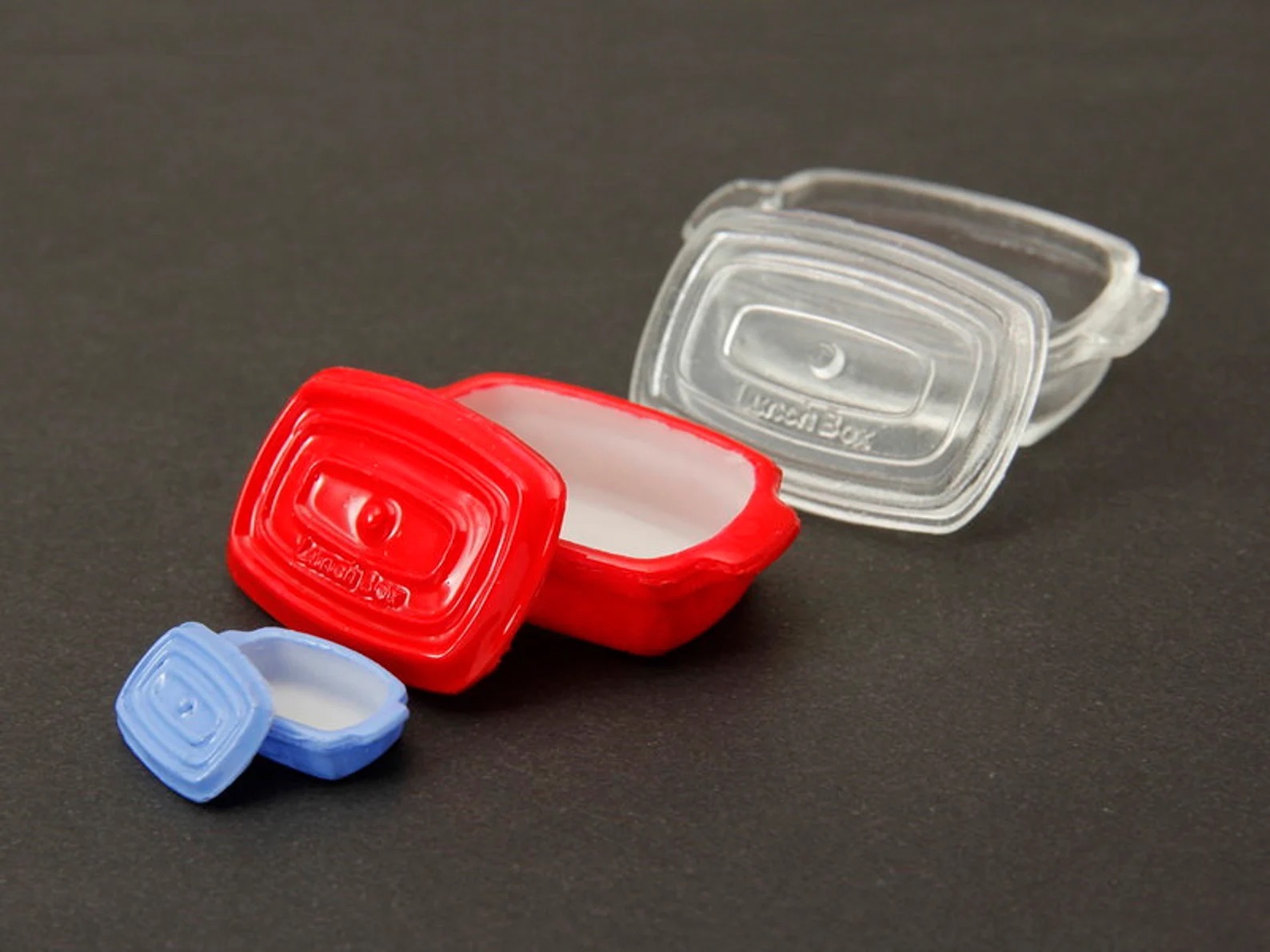
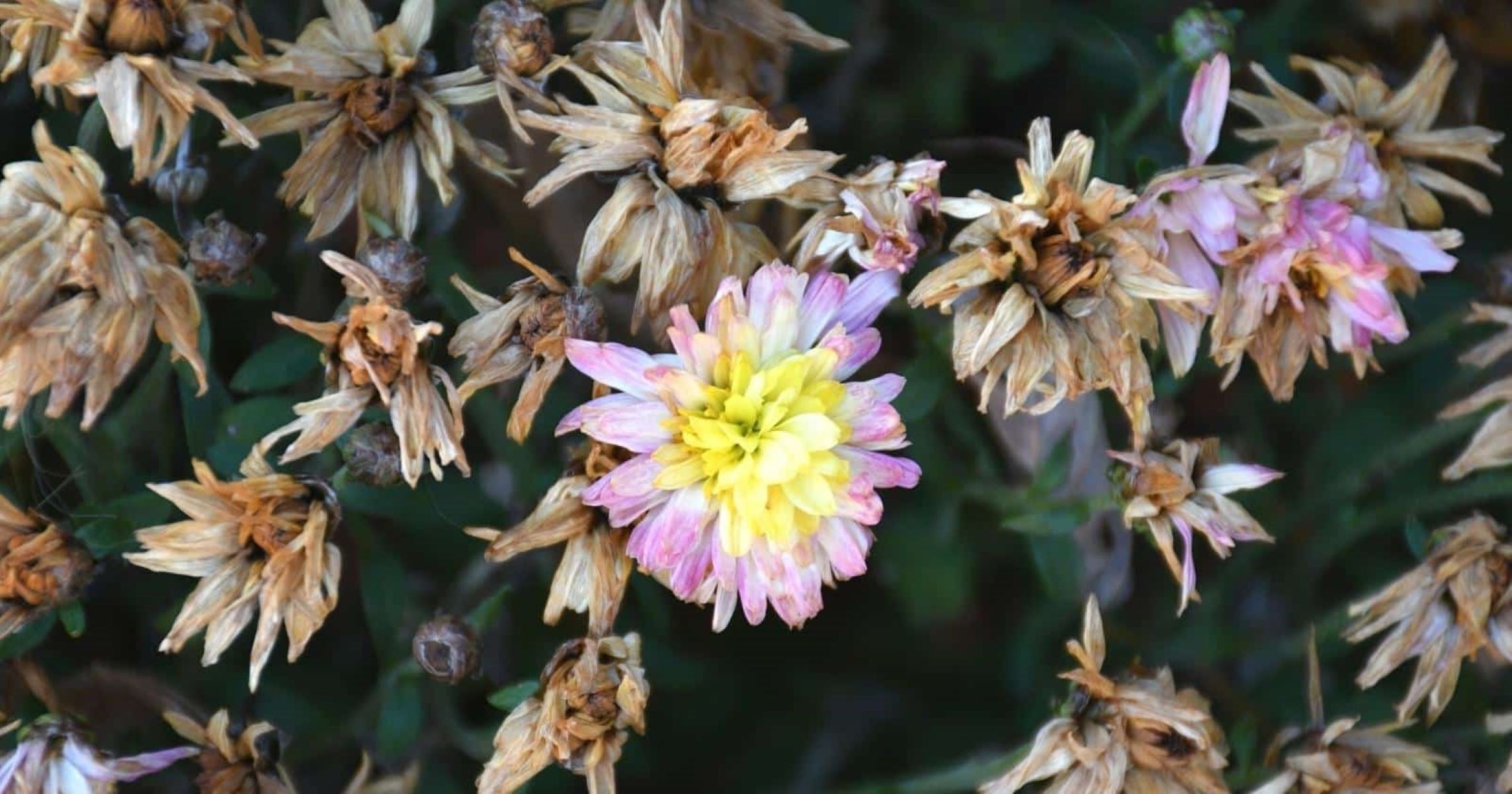
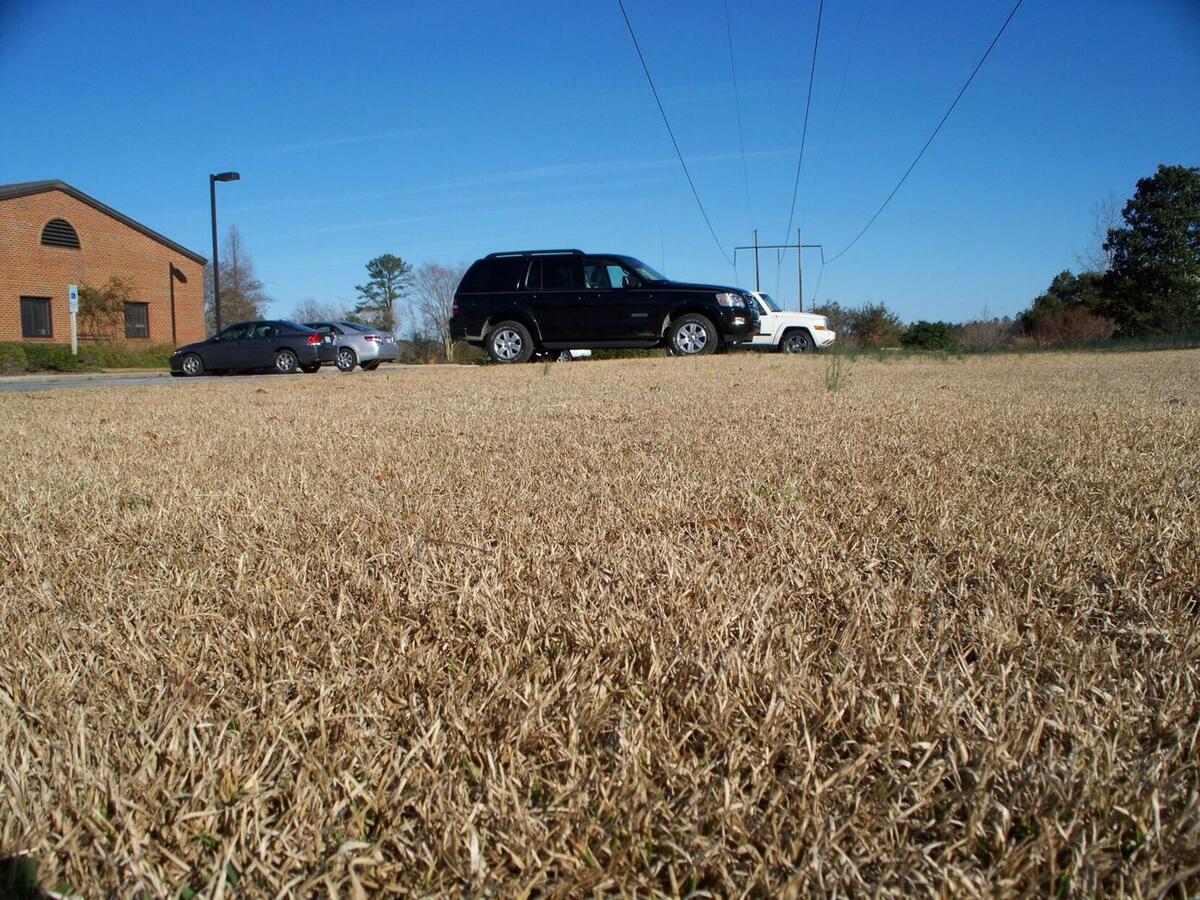
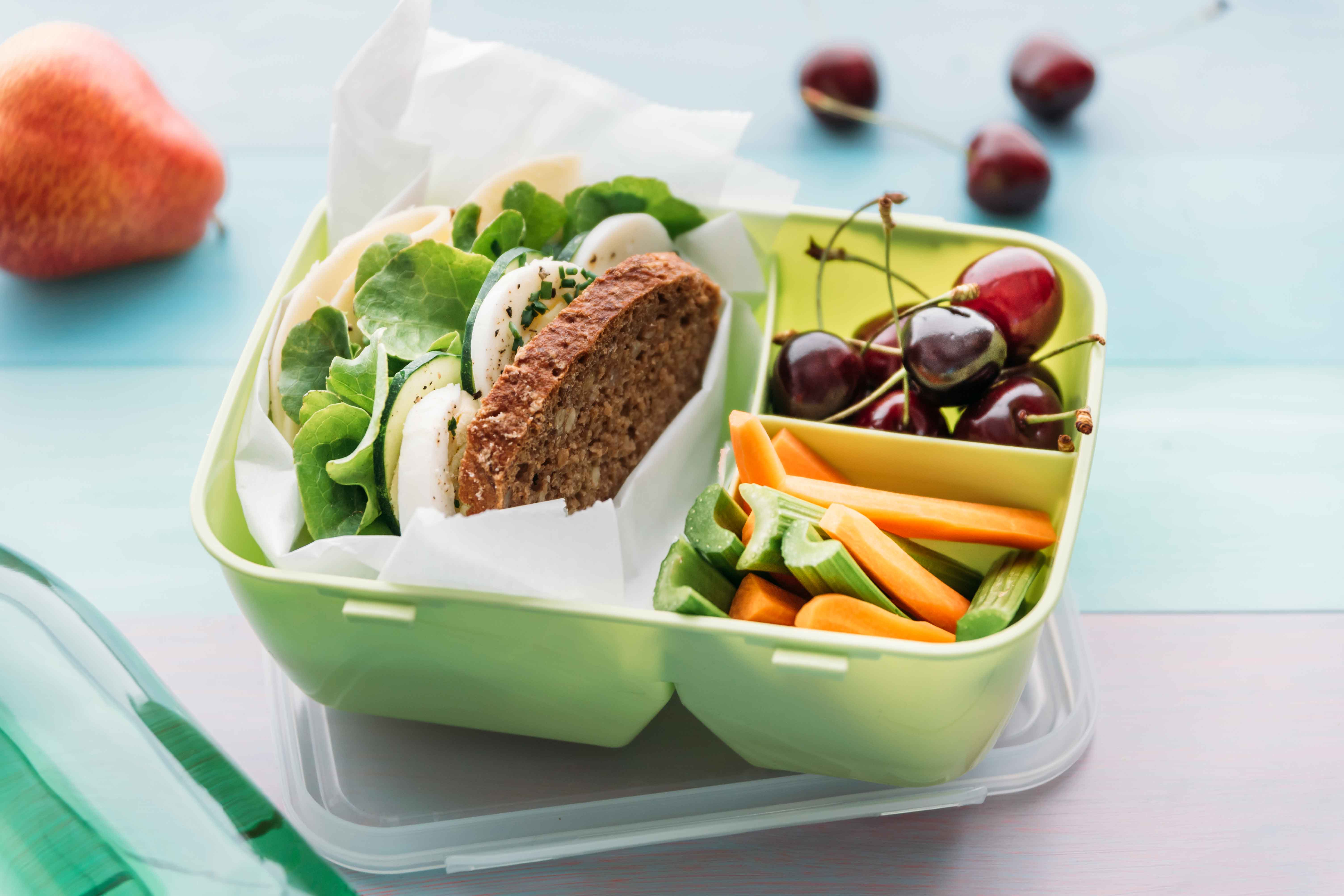

0 thoughts on “How To Keep Apples From Turning Brown In Lunch Box”